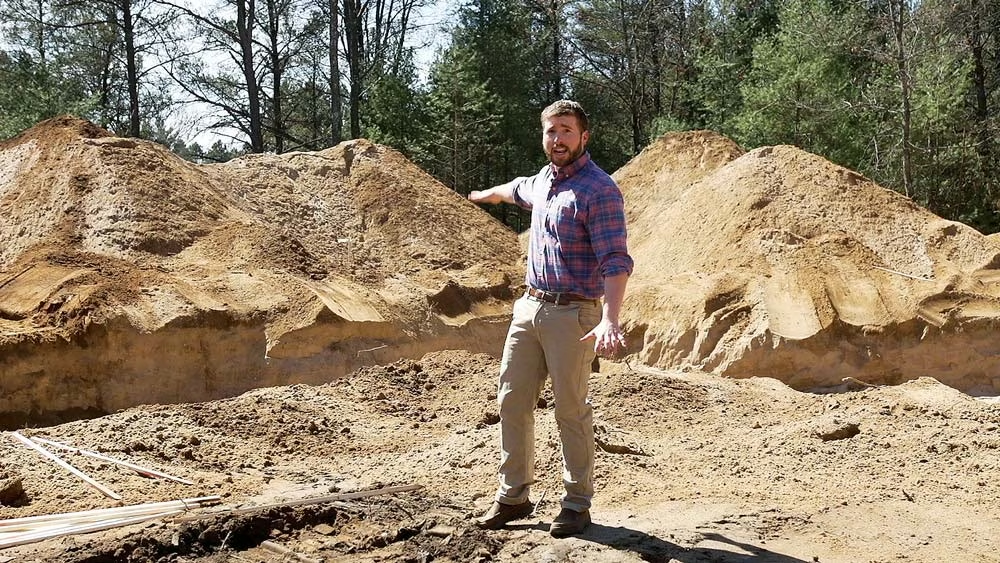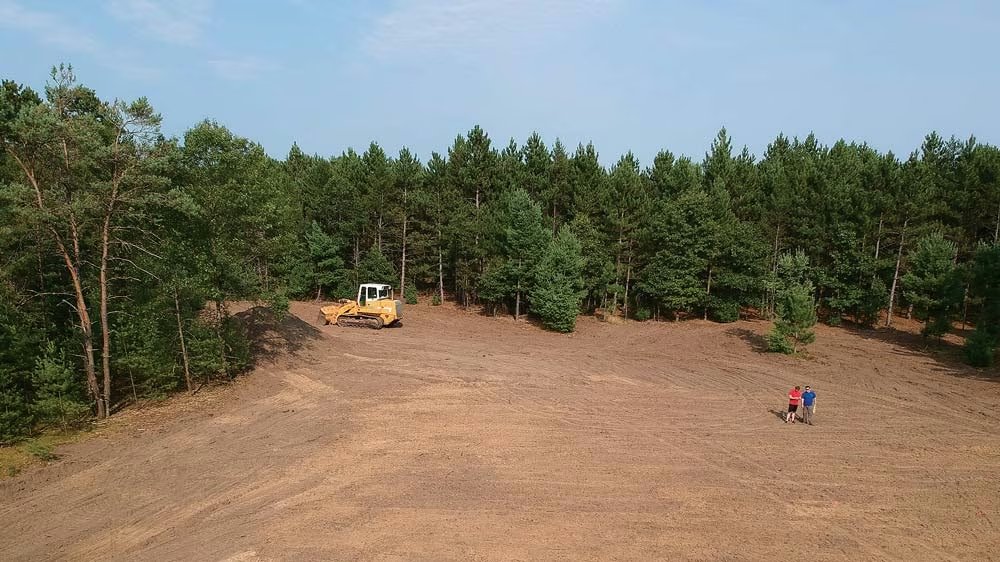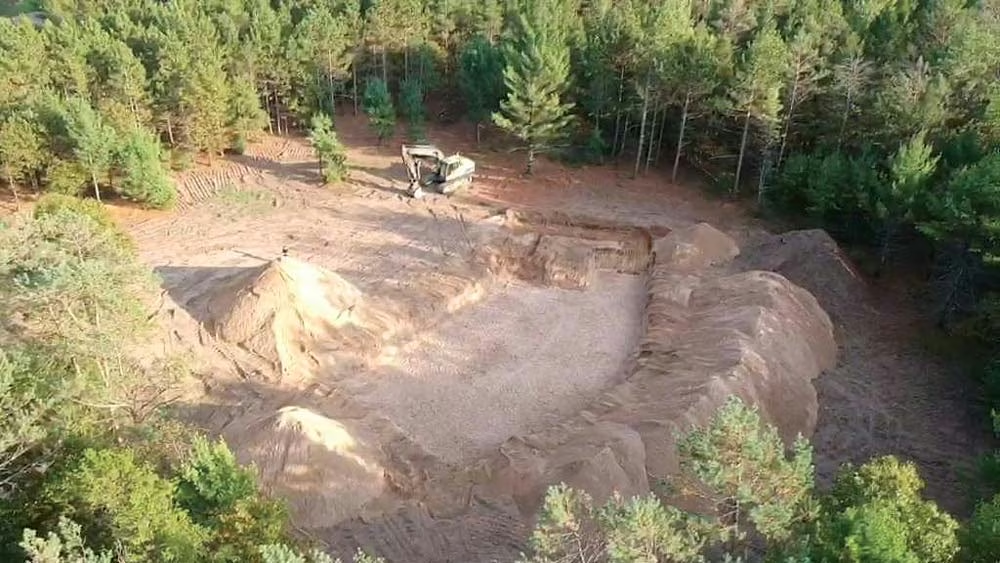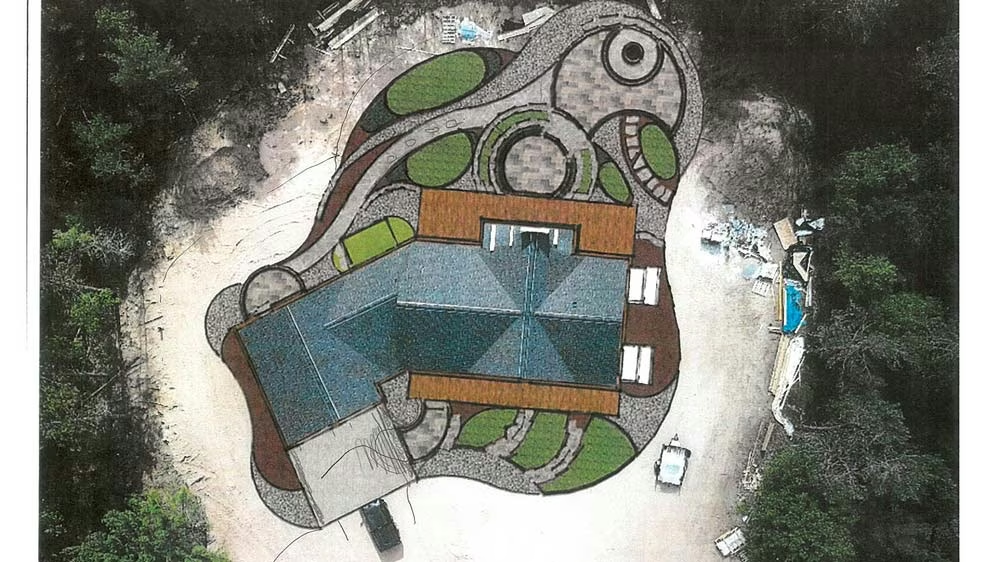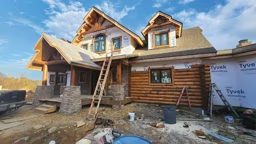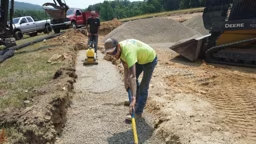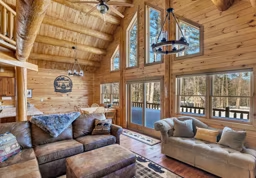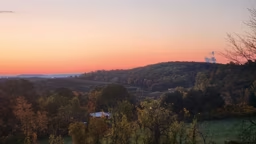When Zach Parmeter, a sales advisor with his family’s company Golden Eagle Log & Timber Homes, talks with clients about selecting a property for their future dream home, he often recommends they work through a mental checklist to be sure they’ve settled on the right site: Are there any existing easements or environmental issues? Is the property accessible year-round? Is it served by existing utilities?
But he admits there are times when you don’t need all of the answers before jumping in. Sometimes, going with your gut pays off. That’s what happened when Zach came across the property where his custom log home now sits. It was too good to pass up. “I didn’t have my home figured out yet, but I knew that piece of property was special,” he says.
For starters, the location was ideal — only a few miles from Golden Eagle’s Wisconsin Rapid’s office and located on the same road as six other Parmeter families, including his dad, Tod, and Uncle Jay, co-owners of the family business. Another key factor was that, at five acres, the property was large enough to be rezoned as agricultural. “It will allow me to have a separate building someday, say a garage or a pool shed, with no restrictions on building height. And, I could eventually have chickens or goats,” he explains. “I like the flexibility of agricultural land.”
In addition, he says the wooded lot appealed to his interests: “I enjoy going out with a chainsaw and cleaning up the brush,” he explains. Then there’s the site’s proximity to a lake managed by the state. “It has a nice trail system, two beautiful beaches and tons of recreational opportunities,” he says.
But the deciding factor wasn’t just the location or the amenities, it was the price. Zach was cost-conscious while shopping for property, knowing that whatever he didn’t spend on the land could be used toward adding square footage to the structure or upgrading its design features and amenities. “Getting a good deal allowed me the opportunity to do more with the house,” he shares.
With the perfect property in place, Zach began the work of prepping the site. Letting the excavation experts lead the way, he chose to clear the land beyond the generally recommended 30-foot perimeter around the house to a distance of 35 feet instead. Besides making the site more accessible during the build, Zach knew it would be more cost effective to clear the land all at once while the equipment was onsite rather than waiting to do it 10 years down the road.
He did save one tree — “It’s a beautiful tree to the left of my garage,” he explains — but he had it checked out to be sure it was healthy first. “You don’t want to save a tree that will become weak over time,” he says, “And you should always think about whether that tree is worth the potential cost of it hitting your home during a storm.”
Staying hands-on through the site-prep process, Zach ribboned off the driveway himself and paid special attention to the orientation of the house. “It’s all about facing the windows in the right direction to get the morning and evening sun,” he says. To make sure he got it right, Zach took drone footage of the property and superimposed it onto images from Google Maps to know exactly how the house would sit in relation to sunrises and sunsets.
For the most part, Zach says site prep went off without a hitch. His soil passed the percolation (“perc”) test, allowing him to install a traditional septic system, and there was a natural clearing for the driveway. The most touch-and-go part of the process came when the local power company alerted him that they might have to go under the road to get electricity to the house — to a tune of $10,000. “That was my biggest scare, but luckily there happened to be a transformer box on a neighboring piece of land that I was able to tap into,” he shares.
With the site prep behind him and the design process ahead, Zach says getting the land ready for construction was a milestone in the building process: “All of a sudden you are seeing results. Everything up to that point is planning and preparation and discussion, but this is the first big step that you can actually see. It’s incredibly exciting.”
Join us on Zach’s Journey
Over the course of the next year, Log Home Living’s “Dirt to Done” series will follow Zach’s road to log home ownership, from designing the house and preparing his tree-filled Wisconsin lot for construction to building his log-and-timber forever home. Follow along here.




